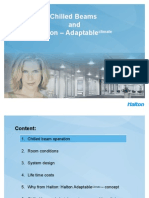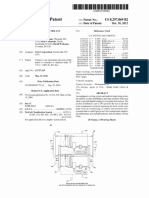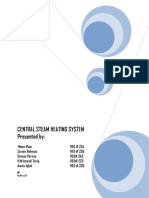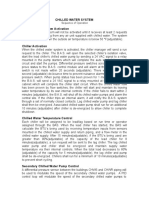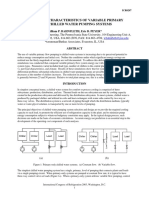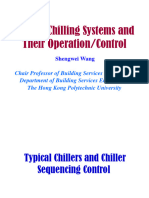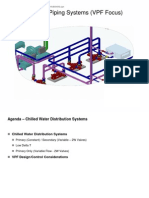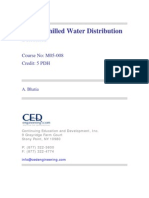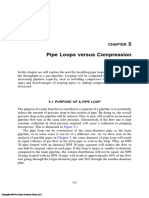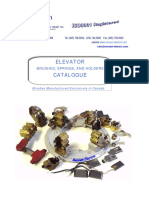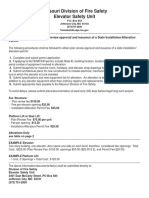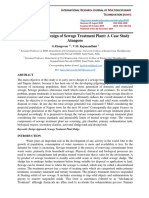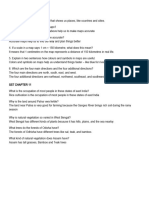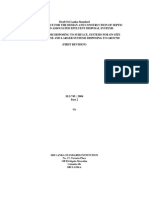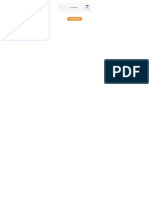100% found this document useful (1 vote)
200 views35 pagesEfficient Chilled Water System Design
This document discusses variable volume primary-secondary pumping systems for large chilled water plants. It describes how a primary-secondary configuration allows for variable flow on the secondary side to serve variable loads while maintaining constant flow on the primary side for chiller protection. The document provides details on common pipe sizing criteria and configurations, and discusses strategies for part-load chiller operation and minimizing pumping costs through variable speed drives or multiple smaller chillers.
Uploaded by
MMMOH200Copyright
© © All Rights Reserved
We take content rights seriously. If you suspect this is your content, claim it here.
Available Formats
Download as PDF, TXT or read online on Scribd
100% found this document useful (1 vote)
200 views35 pagesEfficient Chilled Water System Design
This document discusses variable volume primary-secondary pumping systems for large chilled water plants. It describes how a primary-secondary configuration allows for variable flow on the secondary side to serve variable loads while maintaining constant flow on the primary side for chiller protection. The document provides details on common pipe sizing criteria and configurations, and discusses strategies for part-load chiller operation and minimizing pumping costs through variable speed drives or multiple smaller chillers.
Uploaded by
MMMOH200Copyright
© © All Rights Reserved
We take content rights seriously. If you suspect this is your content, claim it here.
Available Formats
Download as PDF, TXT or read online on Scribd
/ 35













